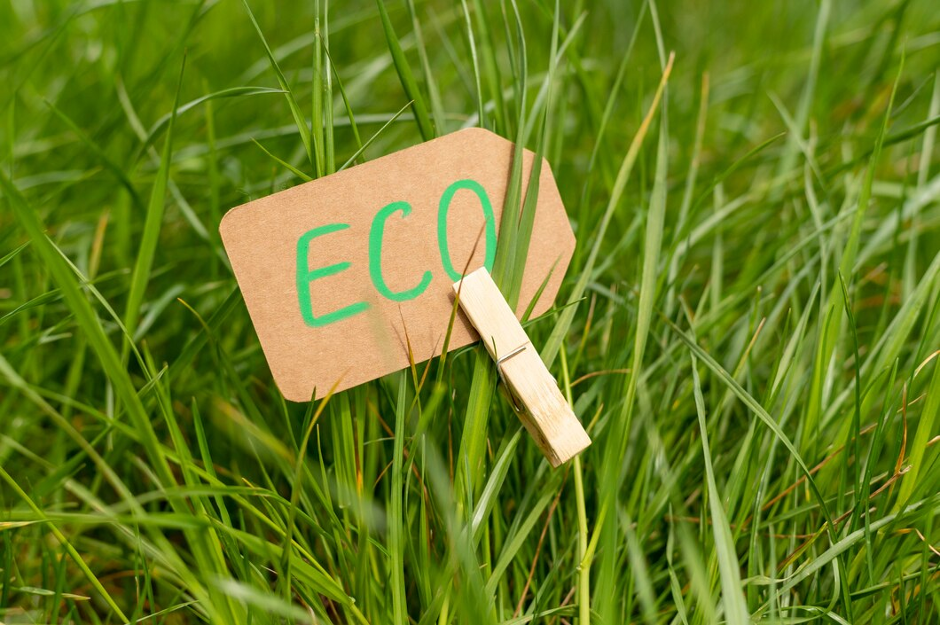FIFA first introduced the broad strategic plan for sustainability at the 2010 FIFA World Cup in South Africa, which was a turning point in the organization of soccer events worldwide. This endeavor stressed environmental sustainability; thus, it became the benchmark for the industry. From erecting environmentally friendly sports facilities to supporting recycling, FIFA’s environmental stewardship will redefine the face of soccer in the future.
Sustainable Stadiums: Building the Future of Soccer Venues
By the year 2022, FIFA had ensured that all the World Cup stadiums had complied with all set environmental standards. The Qatar World Cup introduced the world to the first ever fully demountable stadium, Stadium 974, constructed from shipping containers and recyclable materials. This innovation signified the change to the module and sustainable construction.
Apart from modern designs, FIFA requires energy-efficient systems and water conservation devices in new stadiums. Such measures are intended to decrease environmental effects: overall energy consumption was cut back by as much as 30% in some of the recent tournament facilities. By the way, if you are well-versed in football, it would be a good idea to use a sports betting app in India. By betting on football, you also make an economic contribution to the development of this sport.
Greening the Game: FIFA’s Environmental Initiatives
In the 2014 FIFA World Cup in Brazil, FIFA launched the ‘Green Goal’, mainly targeting waste and resources. This led to the recycling of more than 400 tonnes of waste and a substantial cutting down of water consumption at the tournament facilities.
In other tournaments, FIFA stepped up its campaign by incorporating other measures such as the use of renewable power and eradicating the use of plastics. These steps have collectively made the world’s most-watched sporting events a little less damaging to the environment.
Eco-Friendly Practices in Major Tournaments
In 2018, FIFA received much attention for achieving 100 percent carbon neutralization of all direct emissions during the tournament in Russia. This was done through carbon offset programs, which embraced reforestation and the use of renewable power. Sustainability also formed part of the food services, where the catering firms were expected to purchase local and organic food products.
FIFA’s standard for the sustainable management of waste entailed the provision of recycling and composting of waste at all stadiums. It was not only effective in reducing waste but also created standards for subsequent overseas sporting events. It can also be added that almost all sporting events, such as FIFA 2018, can be followed by subscribing to MelBet Instagram. There, you will find all the latest news from the world of sports.
Reducing Carbon Footprints: Travel and Logistics
FIFA also ensures the sustainability in the area of travel and transportation, whereby it tries to minimize the emission of carbon. In the year 2022, FIFA put measures to reduce on flight through advocating for the use of trains and other means of transport with a low carbon footprint for teams and officials. This approach was able to cut down the tournament’s carbon footprint by half.
In addition, FIFA has ensured that it source for local materials and services for the event management. It also promotes local economies and reduces the carbon dioxide emissions associated with transportation during occasions.
Social Impact: FIFA’s Commitment to Communities
The social aspect of sustainability is also embraced by FIFA, and its programs pertain not only to the environment but also to the social aspect of soccer events. In the recent past, FIFA has developed several initiatives that are targeted at enhancing the welfare of the people in the host countries. It is intended to guarantee that the positive impact of the conduct of a large-scale tournament does not end with the completion of the games.
Key areas of FIFA’s community-focused initiatives include:
- Building local infrastructure
- Providing job training and education
- Promoting gender equality in sports
- Supporting youth sports programs
- Enhancing public health through sports activities
Such initiatives are geared towards leaving a lasting impact on the nations where FIFA tournaments are hosted to improve the living standards of the inhabitants after the last match. Thus, by investing in social programs, FIFA guarantees that its events all over the world have a positive impact on society, which is in the framework of sustainability.
Technology and Innovation: Driving Sustainable Progress
The management of FIFA has gradually relied on technology to address the aspect of sustainability. For instance, new complex pitch monitoring systems have made use of water in stadiums more efficient by cutting its use by as much as 40%. These systems apply data in real-time to control irrigation to maintain the pitches in the right condition with less harm to the environment.
Also, FIFA has embraced the use of solar panels in structures, especially stadiums. These panels are used to supply the stadiums during events with energy that is derived from natural resources; hence, they help reduce fossil fuels. This approach is revolutionary and has created new benchmarks for how sports facilities can be run effectively and sustainably.

A Green Vision for Soccer’s Future
With FIFA’s ongoing evolution in its operations and management, it can be seen that sustainability has become the new frontier for sports organizations around the world. The values of environmental friendliness in the construction of stadiums, recycling programs, and other activities prove FIFA’s commitment to environmental and social concerns.
Lynn Martelli is an editor at Readability. She received her MFA in Creative Writing from Antioch University and has worked as an editor for over 10 years. Lynn has edited a wide variety of books, including fiction, non-fiction, memoirs, and more. In her free time, Lynn enjoys reading, writing, and spending time with her family and friends.














